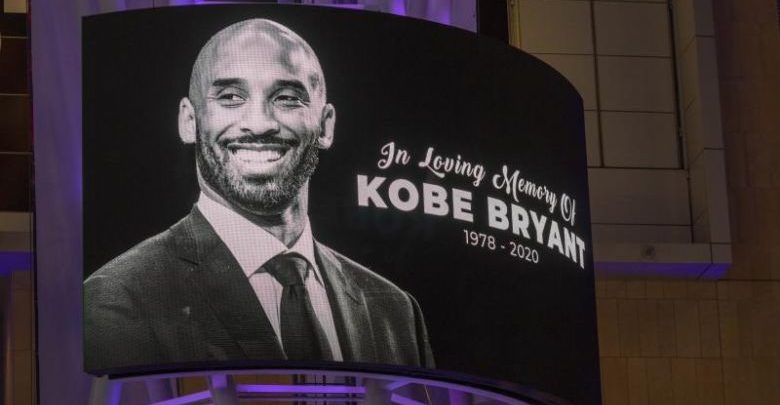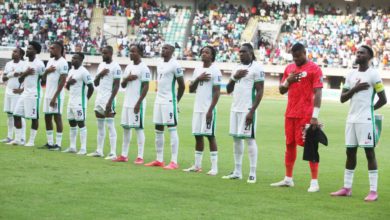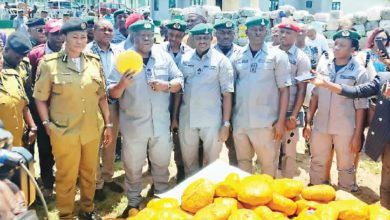
- The helicopter that crashed Sunday (Jan 26) with basketball legend Kobe Bryant and eight other people on board, killing everyone, had received approval to fly even though weather conditions were worse than usual standards for flying.
The helicopter that crashed Sunday (Jan 26) with basketball legend Kobe Bryant and eight other people on board, killing everyone, had received approval to fly even though weather conditions were worse than usual standards for flying.
The helicopter flew north from Orange County, California, after takeoff Sunday morning and circled near Burbank, waiting for clearance to keep going.
According to audio records between the helicopter’s pilot and air traffic control at Burbank Airport, the helicopter was given what is known as Special Visual Flight Rules clearance, meaning they could proceed through Burbank’s airspace on a foggy morning in Southern California.
Whether the pilot made the right decision – to allow the helicopter to continue flying on despite low fog in the hillsides of Calabasas, where the aircraft crashed – will likely be at the centre of the investigation into the cause of the crash.
Any special clearance from air traffic controllers would have allowed the pilot to fly through the controlled airspace around Burbank and Van Nuys, but would not give the flight permission to continue on to Calabasas.
Just before losing radio contact, the pilot asked for “flight following,” which allows controllers to track the flight and be in regular contact.
The controller responded that the helicopter was “too low level for flight following at this time.”
Sgt. Yvette Tuning, who was the watch commander for the Los Angeles Police Department’s Air Support Division on the morning of the crash, said that most of the Los Angeles basin was so cloudy that flights could be conducted only under instrument rules Sunday morning.
LAPD helicopters do not generally fly under those conditions. The visibility was less than 2.5 miles from the department’s heliport near Union Station in downtown Los Angeles, she said.
She said these conditions occur more often in the winter and early in the summer, when fog along the coast is commonplace.
Tuning said the weather this winter, as it was Monday morning, has been fairly clear, allowing helicopters to operate normally.
“But yesterday when I came to work I immediately saw it as I came down into the valley, that it was just socked in,” Tuning said.
“So I already knew we” – meaning LAPD Air Support – “weren’t going to be flying unless it burned off quick. And it did not burn off quick.”



